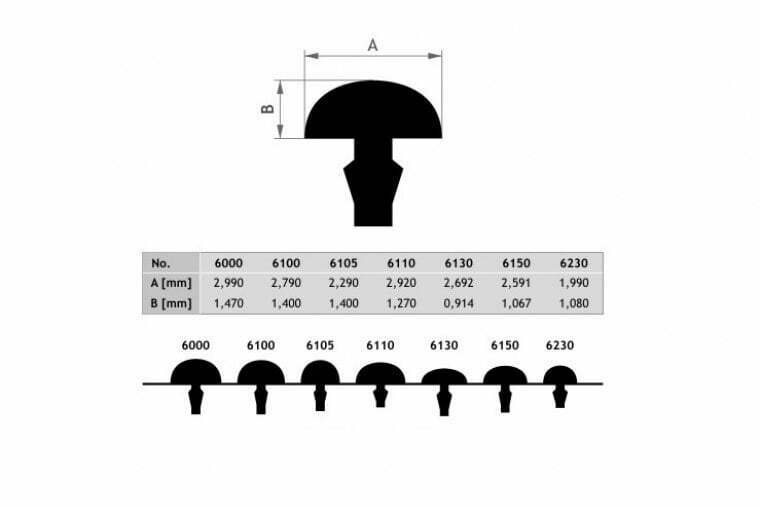The E Melodic Minor Scale Theory
This lesson on music theory will focus on the E melodic minor scale, which is a diatonic scale that begins and ends with an E note. The purpose of melodic minor scales is to assist with creating melodies. The ascending E melodic minor scale is identical to a major scale except for a flat third, while the descending E melodic minor scale has the same pitches as a natural minor scale.
NOTES ON THE E MELODIC MINOR SCALE
The E melodic Minor Scale notes ascending are: E, F#, G, A, B, C#, D#
The scale notes of the E melodic minor descending are: E D C B A G F# E
E MELODIC MINOR INTERVALS
The melodic minor scale is similar to the natural minor scale, except that the 6th and 7th notes are raised by a semitone (half step) only on the way up. When descending, it is exactly the same as the natural minor scale. This alteration changes the minor 2nd interval between the 5th and 6th notes to a major 2nd interval. There is another major 2nd between the 6th and 7th notes. A major 2nd is equivalent to a tone or a whole step, such as B-C# and C#-D#.
The following is one octave of the E melodic minor scale with labeled intervals. It is essential to note that these intervals are identical for all ascending melodic minor scales.

The descending melodic minor scale has the same intervals as a natural minor scale, which are displayed below.

THE MELODIC MINOR SCALE FOMULAR
The melodic minor scale formula is based on the natural minor scale but rather than being the same notes both ascending and descending they are different.
- On the way up we have a sharpened 6th and 7th degree
- On the way down these are lowered so the scale becomes it’s natural formula.
HOW TO PLAY THE E MELODIC MINOR SCALE
On piano
To play both the ascending version of the melodic minor scale, you can refer to the diagram below. The fingerings are labeled beneath the scale.

To play the E melodic minor scale in desending, you can refer to the diagram provided below.

On guitar
The melodic minor scale can be played in various positions on the guitar. The standard position of the scale begins on an E note. This shape can be shifted up and down the neck to play various ascending melodic minor scales.
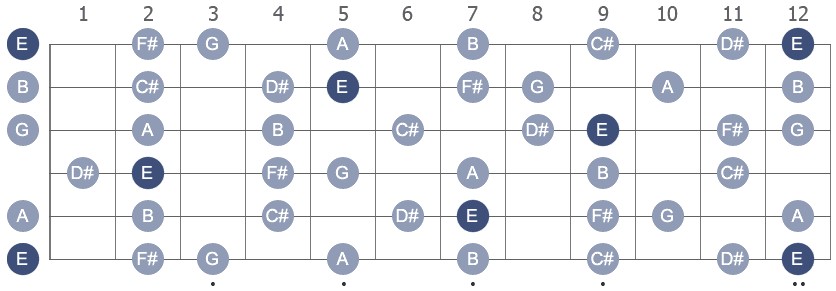
THE KEY SIGNATURE OF THE E MELODIC MINOR
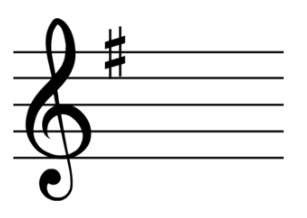
The melodic minor scale is used in compositions that are in a minor key. This implies that if we play the E melodic minor scale, our piece will be in the key of E (natural) minor. E minor is the relative minor of the G major scale, and both scales have a key signature of one sharp.
E MELODIC MINOR ON CLEFS
Below is the C melodic harmonic Minor Scale written in the treble clef, bass clef, alto clef and tenor clef including both ascending and descending.
Treble Clef

Bass Clef
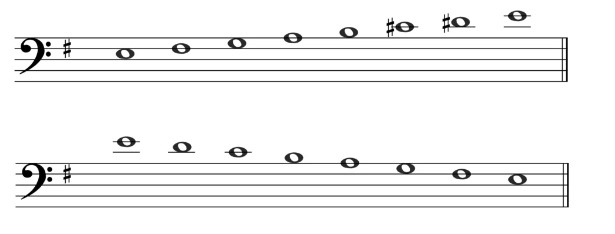
Alto Clef
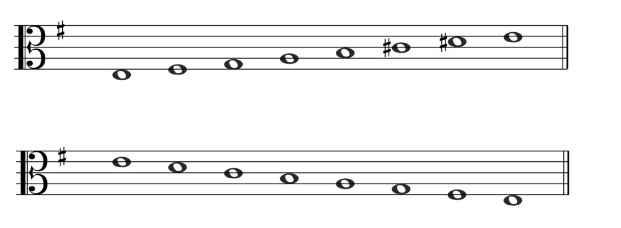
Tenor Clef
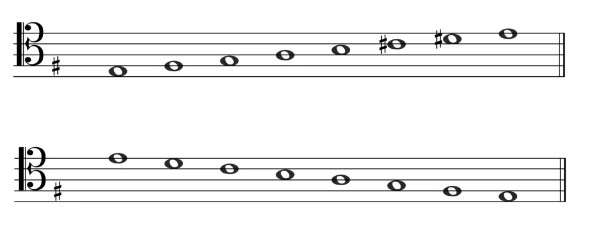
If you’re interested in learning more about music scales, chords, and musical theory, visit our Guitar tunio today



